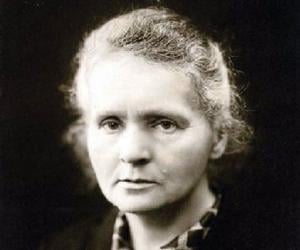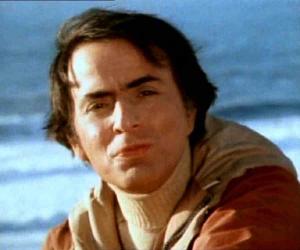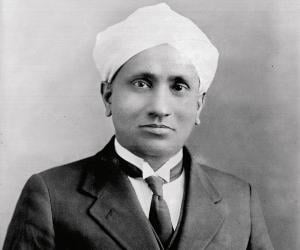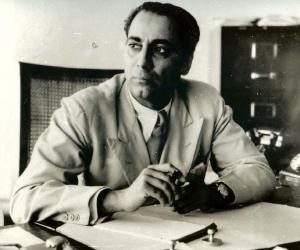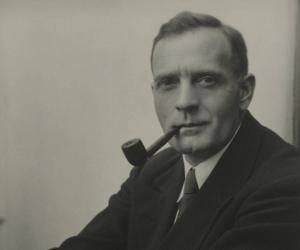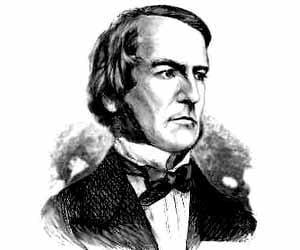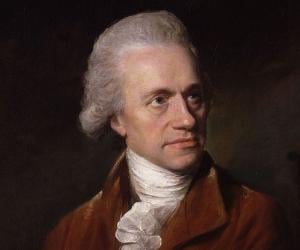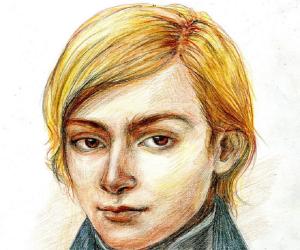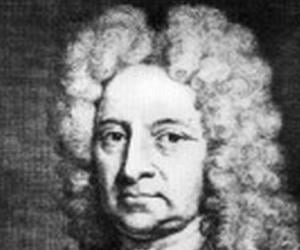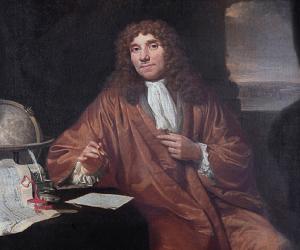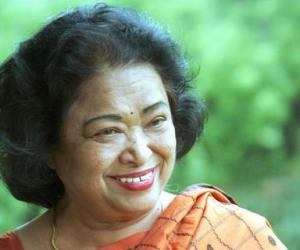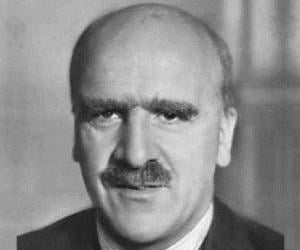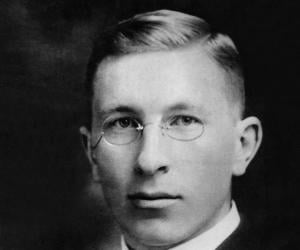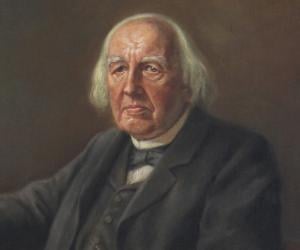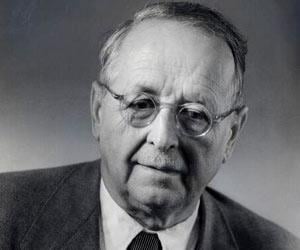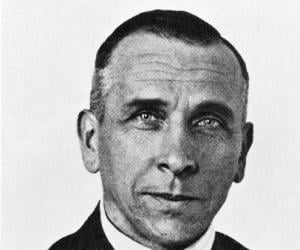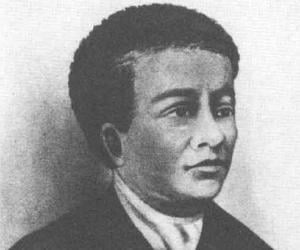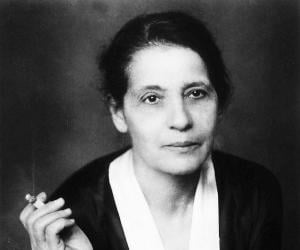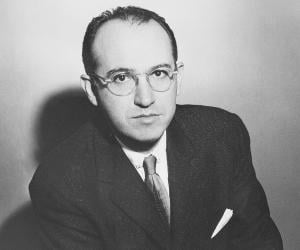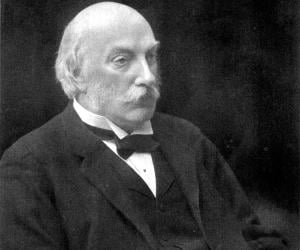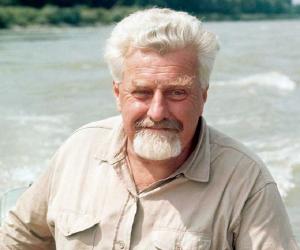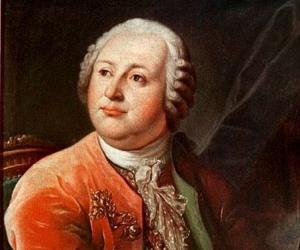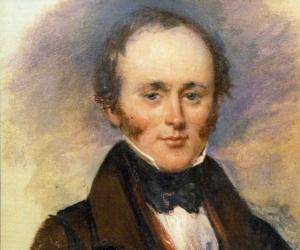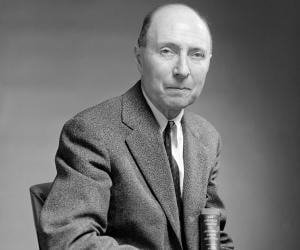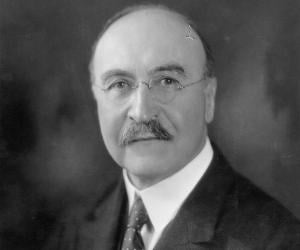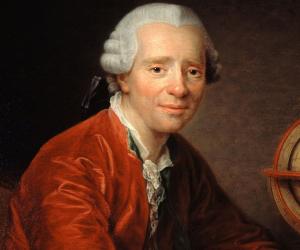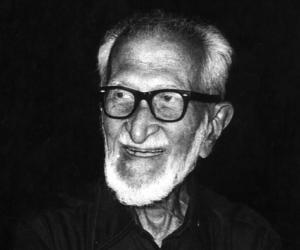Padma Bhushan-winning physicist Homi Bhabha revolutionized the Indian nuclear program singlehandedly. Born into an affluent family, he was educated at Cambridge. Initially geared toward a career in mechanical engineering, he later drifted to physics, eventually contributing to the formation of TIFR. The Bhabha Atomic Research Centre is named after him.
While the Hubble Telescope, named after Edwin Powell Hubble, reminds one of his contribution to astronomy, he failed to get a Nobel Prize, as back in his time, the Nobel Committee didn’t recognize astrophysics as a valid science. He is best remembered for his work on galaxies and extragalactic astronomy.
George Boole is remembered for pioneering Boolean algebra, a tool used in digital computer circuits. More of a self-taught mathematician, Boole began teaching at 16 and later grew up to be a math professor at Queen’s College, Cork. His work in differential equations and algebraic logic was groundbreaking.
William Herschel was a German-born British astronomer and composer. He pioneered the use of astronomical spectrophotometry and discovered infrared radiation. Impressed by his work, King George III appointed him the Court Astronomer. Herschel often collaborated with his sister, Caroline Lucretia Herschel, a fellow astronomer. In 1816, he was made a Knight of the Royal Guelphic Order.
Évariste Galois was a French mathematician best remembered for solving a 350-year-old problem when he was still in his teens. His work formed the basis for group theory and Galois theory, two important branches of abstract algebra. Also a political activist, Évariste Galois died at the age of 20 after suffering wounds in a duel.
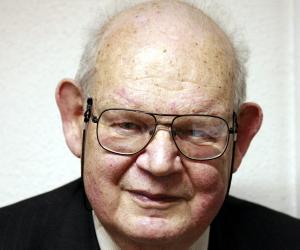
Noted mathematician and polymath, Benoit B. Mandelbrot is perhaps best known for his work on fractal. He not only coined the term, but also used computer-constructed images to illustrate the mathematical definition. Also credited with the discovery of Mandelbrot set and Mandelbrot law, he established that even those things which were apparently chaotic or rough had a "degree of order".
Edmond Halley was an English astronomer and mathematician who was mainly concerned with practical applications of science. He abandoned college education to travel to St. Helena. He published catalogue of 341 southern stars with telescopically determined locations. Known for his wide range of interest, he helped Newton to publish his magnum opus, Philosophiæ Naturalis Principia Mathematica. He used Newton's Law of Motion to compute periodicty of Halley’s Comet.
Seventeenth-century Dutch scientist Antonie van Leeuwenhoek, also known as the Father of Microbiology, is remembered as a pioneer of microscopy. His contribution to microbiology included the discovery of spermatozoa, bacteria, and muscle fibers. Though he had not authored any book, his letters to the Royal Society were later published.
A child prodigy who was never formally educated, Shakuntala Devi became a mathematical genius earning the title of Human Computer for her exceptional calculating abilities. The Indian genius was also an astrologer and a gifted writer who authored books on maths, astrology, homosexuality in India and a crime thriller novel.
British geneticist J.B.S. Haldane is remembered for his pioneering use of statistics in biology. A proponent of neo-Darwinism, he was the son of physiologist John Scott Haldane and had begun assisting his father at age 8. He later joined the British Communist Party and also moved to India.
Frederick Banting was a Canadian medical scientist and physician. In 1923, Banting and Scottish biochemist John James Rickard Macleod received the Nobel Prize in Medicine for the discovery of insulin and its therapeutic potential. Aged 32 at that time, Banting remains the youngest Nobel laureate in physiology or medicine. He was knighted by King George V in 1934.
Karl Weierstrass was a German mathematician best remembered for his significant contributions to mathematics. Often referred to as the father of modern analysis, Weierstrass proved the Bolzano-Weierstrass theorem and the intermediate value theorem. He also authorized the definition of continuous function. The asteroid 14100 Weierstrass and the lunar crater Weierstrass are named after him.
Hermann Klaus Hugo Wey is remembered for his contribution to both physics and math. He was one of the first scientists to think of merging the concepts of electromagnetism and relativity. He moved from the University of Göttingen to Princeton in the wake of the rise of the Nazi reign.
In the early 1900s, meteorologist Alfred Wegener did not find too many takers for his theory that all the continents of the world had initially been a single mass named Pangaea and that continental drift had caused them to split apart. Wegener died on his fourth expedition in Greenland.
Benjamin Banneker was born to a free African-American mother and a former slave father, and was largely self-educated. While he showed immense talent in both mathematics and astronomy, having predicted a solar eclipse with precision, he also wrote essays on civil rights and rallied against slavery.
Lise Meitner was an Austrian-Swedish physicist best remembered for her contributions that led to the discoveries of nuclear fission and the element protactinium. Nicknamed the German Marie Curie by Albert Einstein, Lise Meitner became the second woman in the world to receive a doctorate in physics in 1905. In 1997, chemical element 109 meitnerium was named in her honor.
If the world is successful in its fight against polio, the credit goes to American virologist Jonas Salk who developed a vaccine for the disease. Described as a “miracle worker”, his concerns for humanity were reflected in the fact that he did not claim a patent for the vaccine. He founded the Salk Institute for Biological Studies, based in California.
Although John William Strutt, 3rd Baron Rayleigh, received the Nobel Prize for his discovery and isolation of the inert gas argon, his contributions to Physics is not limited to that. Known to make extensive contributions to theoretical and practical physics, especially in the fields of acoustics and optics, his works are now considered to mark the beginning of modern acoustics.
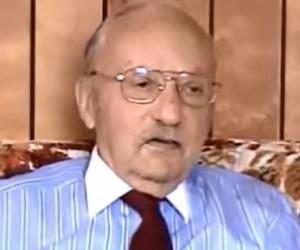
Mathematician George Dantzig, known for his research on linear programming, was the first to develop the simplex method. The National Medal of Science winner was the son of mathematician and linguist Tobias Dantzig. He was associated with RAND Corporation and also taught computer science and operations research at Stanford.
Nobel Prize-winning Austrian zoologist Konrad Lorenz is remembered as a pioneer of ethology. The son of a surgeon father and a physician mother, Lorenz was a qualified physician himself. A university degree awarded to him was rescinded posthumously due to his association with the Nazi party
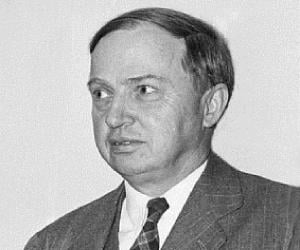
American scientist Harlow Shapley is best-remembered for ascertaining correct position of Sun within Milky Way Galaxy and for heading the Harvard College Observatory. He determined the size and shape of the Milky Way Galaxy and the Sun’s position within it using the Cepheid variable stars and wrote the Liquid Water Belt that provided scientific acceptance to Hubertus Strughold’s ecosphere theory.
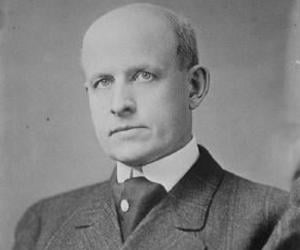
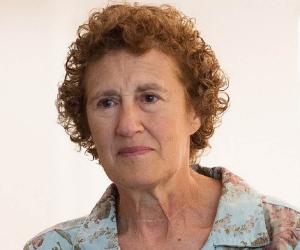
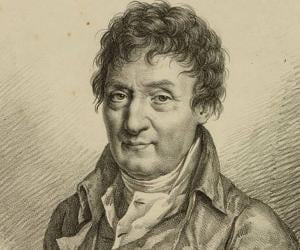
Best known for developing the Charles’s law, which explains the expansion of gases when heated, Jacques Charles was a prominent French physicist. He was the first to ascend in a hydrogen-filled gas balloon, thus pioneering hot-air balloon flight. The Académie des Sciences member later became a professor of physics.
Russian polymath Mikhail Lomonosov was born to a fisherman father and left his village later to satiate his hunger for knowledge. Apart from reforming Russian language and literature, he also made the first colored glass mosaic in his country and discovered the atmosphere of Venus. He loved simple life.
Charles Lyell was a Scottish geologist best remembered for his work Principles of Geology, which explains the origin of the earth. He is also remembered for his pioneering explanation of climate change. A close friend of Charles Darwin, Charles Lyell is also credited with influencing many of Darwin's works pertaining to the theories of evolution.
One of the “Martians,” or eminent Hungarian scientists who had migrated to the U.S., Eugene Wigner won a Nobel Prize for his work on nuclear physics and the law of conservation of parity in particular. He taught at Princeton and Wisconsin and was also associated with the Manhattan Project.

Industrial chemist Leo Baekeland is remembered as The Father of the Plastics Industry for creating Bakelite, the first synthetic plastic of the world, thus marking the beginning of the Polymer Age. His many inventions include Velox, a special photographic paper, the rights of which he sold to George Eastman.
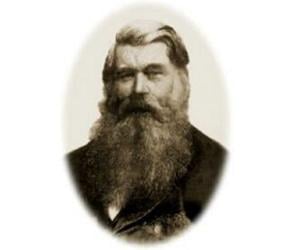
Joseph Swan was an English chemist, physicist, and inventor known for being an independent early developer of a successful incandescent light bulb. He developed and supplied the first batch of incandescent lights used for illuminating houses and public buildings. He was elected a Fellow of the Royal Society (FRS) in 1894 and knighted by King Edward VII in 1904.
Jean le Rond d'Alembert was a French mathematician, physicist, philosopher, and music theorist. He is credited with coming up with d'Alembert's formula, a solution to the one-dimensional wave equation, which is named after him. His life and work inspired Andrew Crumey's 1996 novel, D'Alembert's Principle.
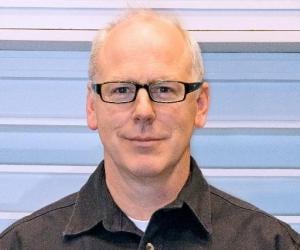
Known as the Birdman of India, legendary ornithologist Salim Ali was the first to conduct bird surveys in India. The Padma Bhushan and Padma Vibhushan winner is best remembered for penning the book The Book of Indian Birds, and for setting up the Bharatpur and Ranganathittu bird sanctuaries.
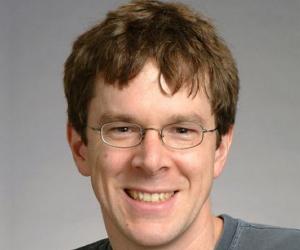
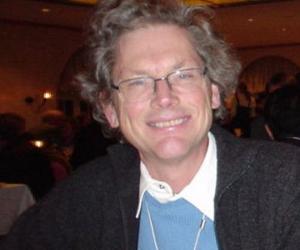
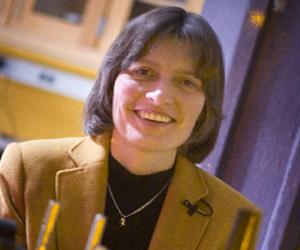
Lene Hau is a Danish physicist and educator currently serving as the Mallinckrodt Professor of Physics and Applied Physics at Harvard University. She has done major research into novel interactions between ultracold atoms and nanoscopic-scale systems. She also often speaks at international conferences. She is a recipient of the George Ledlie Prize and the Richtmyer Memorial Award.
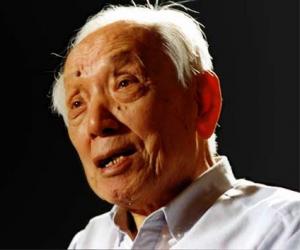
Shiing-Shen Chern was a Chinese-American poet and mathematician. He is best remembered for making significant contributions to topology and differential geometry. Referred to as the father of modern differential geometry, Shiing-Shen Chern is widely regarded as one of the 20th century's greatest mathematicians. He won several prestigious awards, such as the National Medal of Science, Wolf Prize, and Lobachevsky Medal.
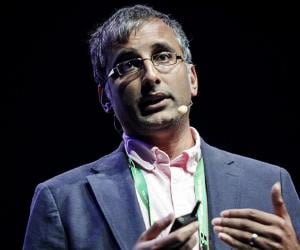
Akshay Venkatesh is an Australian mathematician who became only the second person of Indian origin and the second Australian to win the prestigious Fields Medal, which is also referred to as the Nobel Prize for Math. He won the medal in 2018 for his synthesis of representation theory, analytic number theory, topology, and homogeneous dynamics.
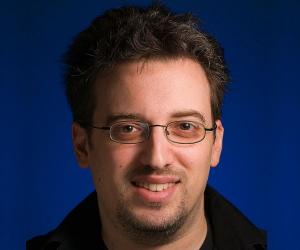
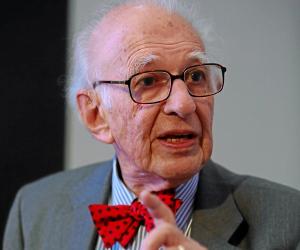
Nobel Prize-winning neurobiologist Eric Kandel is known for his research on the role of synapses in memory and learning. An Austrian Jew, he left his country with his family and moved to the U.S. in the wake of anti-Semitism. A doctor, specializing in psychiatry, he later taught at Columbia University.
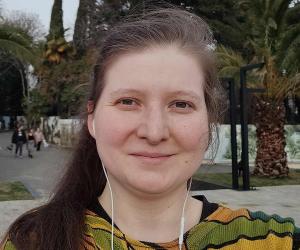
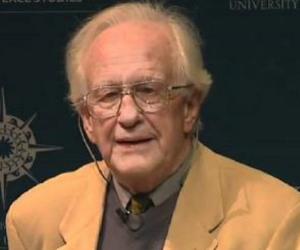
Johan Galtung is a Norwegian sociologist best known as the founder of a social science field called peace and conflict studies. He is also credited with founding the Peace Research Institute Oslo where he served as the director from 1959 to 1970. Renowned for his contribution to political science, economics, and history, Galtung won the Right Livelihood Award in 1987.
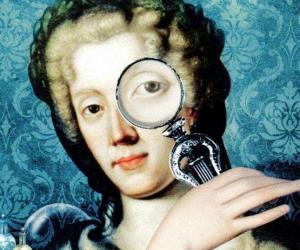
Known as Bolognese Minerva, Laura Bassi became the first woman physics professor to have taught at a European university, when she started teaching at the University of Bologna. A child prodigy, she excelled in Latin and math at age 5. She was also the first lady with a doctorate in science.
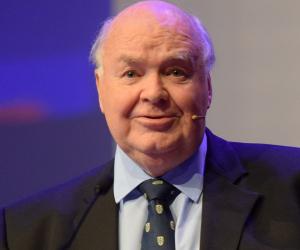
Apart from being an ace mathematician, John Lennox has also taught at institutes such as Oxford and is an emeritus fellow at Green Templeton College. A Christian apologist, too, he has penned books, such as Can Science Explain Everything?, exploring diverse topics, such as religion and artificial intelligence.
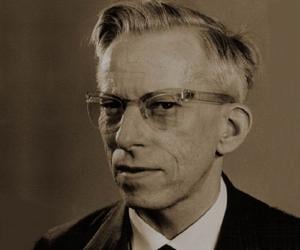
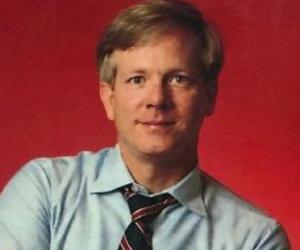
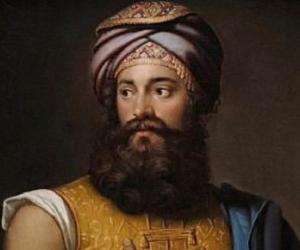
Giovanni Battista Belzoni was an Italian explorer and archaeologist of Egyptian antiquities. A pioneer in the field of Egyptian archaeology, Belzoni was the first person to enter the famous Pyramid of Khafre. Belzoni is also credited with unblocking the entrance of the temple at Abu Simbel and discovering the tomb of Seti I, which is referred to as Belzoni's Tomb.
